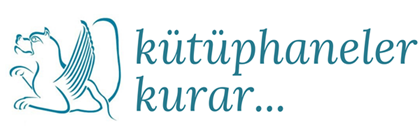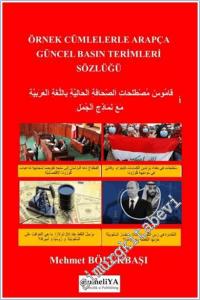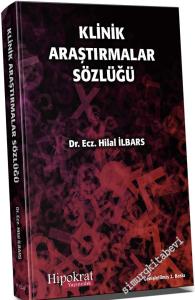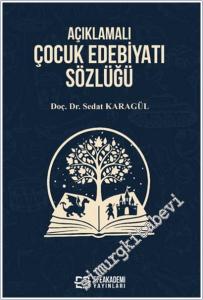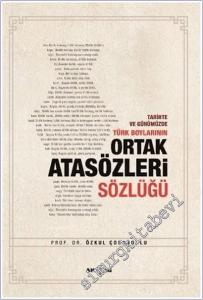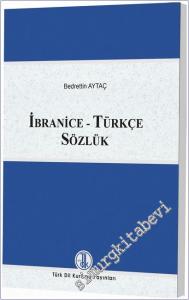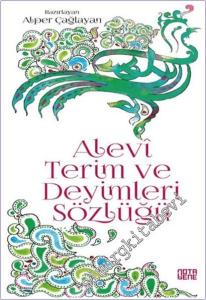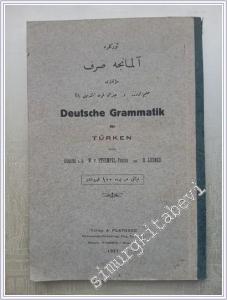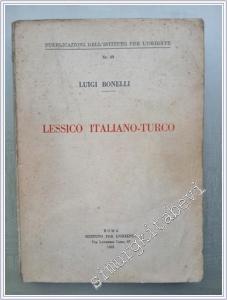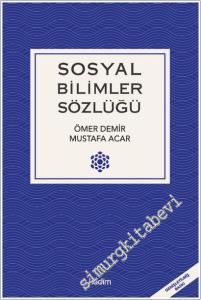#smrgSAHAF Thorndike-Barnhart Junior Dictionary CİLTLİ - 1965
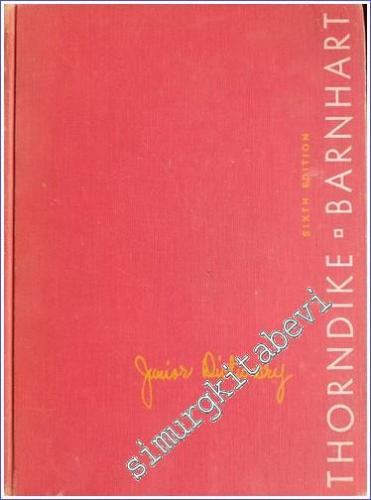
This middle-school dictionary fills the niche between the Thorndike-Barnhart Children's Dictionary and the Thorndike-Barnhart Student Dictionary. It has been previously published in a school edition as the ScottForesman Intermediate Dictionary, but this is the first time it has been issued in a trade edition. The distinguished lexicographers for whom the series is named are both deceased (Thorndike in 1949, Barnhart this year). Completely revamped and updated, it features several innovations. Editor Bready acknowledges that since students are accustomed to dealing with information presented in small, manageable bits, the editors have streamlined many of the definitions. For example, the previous entry for range included 16 definitions for it as a noun, seven as a verb, and 20 examples. The new edition provides 16 definitions total, intermixing noun and verb forms, and provides 13 sample phrases. The last edition featured more than 100,000 entries; this one has about 70,000. Many archaic terms have been eliminated, and outmoded slang, such as randy and coot, has been dropped in favor of such newer terms as clueless and wacko. The 4,000 new words include backlash, cyberspace, in-line skates, spandex, and veejay. Some reflect a multicultural influence from Asian, African, or Native American cultures (yakuza a Japanese gangster, Lakota). New biographical subjects also reflect a multicultural emphasis: Yassir Arafat, Lady Murasaki, Crazy Horse, Arthur Ashe.
More than 1,000 color photographs, maps, and drawings illustrate entries. The photographs reflect our diverse society: tango is demonstrated by an Asian couple, athlete shows a man racing in a wheelchair, and the pictured nurse is an Afro-American male. Twelve double-page spreads provide visual inserts on ever-popular subjects: knights and castles, dinosaurs, volcanoes, etc.
The format of entries has the entry word separated into syllables, pronunciation (a key is provided on every other page), part of speech, and definition. Common meanings are given first, and related terms are grouped together. Additional information might include examples, inflected forms, homophone notes, variant spellings, run-on entries, idioms, or special features. Boxed features include etymologies, synonyms, usage notes, and prefixes and suffixes. The "Word Bank" for bread lists 20 kinds (bagel to zwieback); "Word Family" lists words that are related (solo is linked to desolate, soliloquy, solitaire, etc.); and "Word Source" provides lists of English words derived from a foreign language. The school edition included reinforcement exercises that have been eliminated. Also gone are sections on writing and grammar rules, punctuation, and word division. These style rules have been replaced with a "Student Reference" section featuring color maps and charts of U.S. presidents, chemical elements, geological eras, and mathematical formulas. Special inserts on weights and measures and military ranks are found within the alphabetical listing. Middle-school students will be attracted to this work. Its color illustrations make it much more appealing than Webster's New World Student's Dictionary (Macmillan, 1992; formerly Webster's New World Dictionary for Young Adults), Merriam-Webster's Intermediate Dictionary (1994), The American Heritage Student Dictionary (Houghton, 1994), or the Macmillan Dictionary for Students (1984). The Harcourt Brace Student Dictionary (1994; formerly the Lincoln Writing Dictionary for Children) also has attractive color illustrations but only 35,000 entries, because a lot of space is devoted to quotations from authors. The Thorndike-Barnhart Junior Dictionary will complement most middle-school and public library collections.
This middle-school dictionary fills the niche between the Thorndike-Barnhart Children's Dictionary and the Thorndike-Barnhart Student Dictionary. It has been previously published in a school edition as the ScottForesman Intermediate Dictionary, but this is the first time it has been issued in a trade edition. The distinguished lexicographers for whom the series is named are both deceased (Thorndike in 1949, Barnhart this year). Completely revamped and updated, it features several innovations. Editor Bready acknowledges that since students are accustomed to dealing with information presented in small, manageable bits, the editors have streamlined many of the definitions. For example, the previous entry for range included 16 definitions for it as a noun, seven as a verb, and 20 examples. The new edition provides 16 definitions total, intermixing noun and verb forms, and provides 13 sample phrases. The last edition featured more than 100,000 entries; this one has about 70,000. Many archaic terms have been eliminated, and outmoded slang, such as randy and coot, has been dropped in favor of such newer terms as clueless and wacko. The 4,000 new words include backlash, cyberspace, in-line skates, spandex, and veejay. Some reflect a multicultural influence from Asian, African, or Native American cultures (yakuza a Japanese gangster, Lakota). New biographical subjects also reflect a multicultural emphasis: Yassir Arafat, Lady Murasaki, Crazy Horse, Arthur Ashe.
More than 1,000 color photographs, maps, and drawings illustrate entries. The photographs reflect our diverse society: tango is demonstrated by an Asian couple, athlete shows a man racing in a wheelchair, and the pictured nurse is an Afro-American male. Twelve double-page spreads provide visual inserts on ever-popular subjects: knights and castles, dinosaurs, volcanoes, etc.
The format of entries has the entry word separated into syllables, pronunciation (a key is provided on every other page), part of speech, and definition. Common meanings are given first, and related terms are grouped together. Additional information might include examples, inflected forms, homophone notes, variant spellings, run-on entries, idioms, or special features. Boxed features include etymologies, synonyms, usage notes, and prefixes and suffixes. The "Word Bank" for bread lists 20 kinds (bagel to zwieback); "Word Family" lists words that are related (solo is linked to desolate, soliloquy, solitaire, etc.); and "Word Source" provides lists of English words derived from a foreign language. The school edition included reinforcement exercises that have been eliminated. Also gone are sections on writing and grammar rules, punctuation, and word division. These style rules have been replaced with a "Student Reference" section featuring color maps and charts of U.S. presidents, chemical elements, geological eras, and mathematical formulas. Special inserts on weights and measures and military ranks are found within the alphabetical listing. Middle-school students will be attracted to this work. Its color illustrations make it much more appealing than Webster's New World Student's Dictionary (Macmillan, 1992; formerly Webster's New World Dictionary for Young Adults), Merriam-Webster's Intermediate Dictionary (1994), The American Heritage Student Dictionary (Houghton, 1994), or the Macmillan Dictionary for Students (1984). The Harcourt Brace Student Dictionary (1994; formerly the Lincoln Writing Dictionary for Children) also has attractive color illustrations but only 35,000 entries, because a lot of space is devoted to quotations from authors. The Thorndike-Barnhart Junior Dictionary will complement most middle-school and public library collections.
